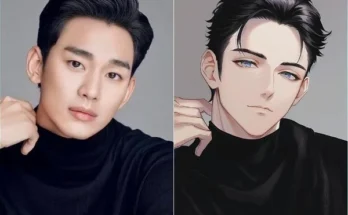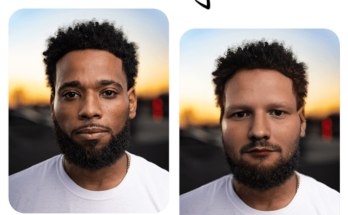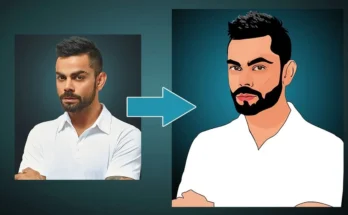Background Editor AI vs. Traditional Editing Techniques: Which is Better?
Introduction
In the world of photography and image editing, the pursuit of the perfect shot often hinges on the background. Whether you’re a professional photographer looking to enhance the aesthetics of a portrait or a hobbyist trying to make your vacation photos more memorable, the choice between using Background Editor AI and traditional editing techniques can be a pivotal one. In this article, we will explore the strengths and weaknesses of both approaches to help you decide which is better suited to your needs.
Background Editor AI: The Rise of Automation
Background Editor AI, powered by sophisticated machine learning algorithms, has gained significant popularity in recent years. Image matting AI It offers the promise of fast, efficient, and precise background removal and replacement without requiring extensive manual labor. Here are some of its key advantages:
- Speed and Efficiency: AI-driven background editing can complete tasks in a fraction of the time it would take for a human to manually select and edit backgrounds. This can be especially useful for professionals who need to process large volumes of images quickly.
- Precision and Accuracy: AI algorithms excel at isolating subjects from their backgrounds with remarkable precision, often outperforming manual selection techniques. This leads to cleaner and more professional-looking results.
- Accessibility: Many Background Editor AI tools are user-friendly and accessible to individuals with minimal photo editing experience. This democratizes advanced editing capabilities, making them available to a broader audience.
- Consistency: AI tools can maintain a consistent editing style across multiple images, which is crucial for branding and maintaining a cohesive look in a series of photographs.
Traditional Editing Techniques: The Human Touch
Traditional editing techniques, which rely on manual selection and manipulation of background elements, have been the standard for decades. While they may seem old-fashioned in the age of AI, they still offer several advantages:
- Creative Control: Skilled photo editors have unparalleled creative control over the editing process. They can make nuanced adjustments that may be challenging for AI algorithms to replicate, such as blending the subject seamlessly with the new background.
- Artistic Expression: Traditional editing allows for artistic interpretation and personal touch. Editors can apply their unique style and vision to each image, resulting in more personalized and expressive outcomes.
- Complex Edits: For images with intricate or irregular backgrounds, manual editing may be more effective and accurate than AI tools. Humans can adapt to the specific needs of a given image, while AI may struggle with unusual patterns or elements.
- Restoration and Retouching: When restoring old or damaged photos, traditional editing techniques often outshine AI. Skilled editors can repair and restore images with painstaking detail and care.
Which is Better: A Matter of Context
Determining whether Background Editor AI or traditional editing techniques are better depends on the context and your specific requirements. Here are some scenarios in which one may excel over the other:
- Speed and Efficiency: If you need to process a large number of images quickly, especially for e-commerce or event photography, AI-based background editing is the clear choice due to its speed and automation.
- Artistic Expression: When working on creative projects, such as fashion photography or conceptual art, traditional editing techniques may be preferable to achieve a unique and artistic result.
- Complex Backgrounds: For images with intricate or non-uniform backgrounds, traditional editing may yield better results as human editors can adapt to the nuances of the scene.
- Restoration and Retouching: When dealing with vintage or damaged photographs, traditional editing is often the best choice to ensure the utmost care and precision in the restoration process.
- Consistency: If you require a consistent style across a series of images, AI tools can maintain uniformity more effectively.
Conclusion
In the ongoing debate between Background Editor AI and traditional editing techniques, there is no one-size-fits-all answer. The choice ultimately depends on your specific needs, the complexity of the project, and your artistic goals. For many, a blend of both AI and manual editing techniques may be the optimal approach, leveraging the strengths of each method to achieve the best results. As technology continues to evolve, it’s likely that AI will become even more sophisticated, offering greater versatility and creative possibilities in the world of image editing.



